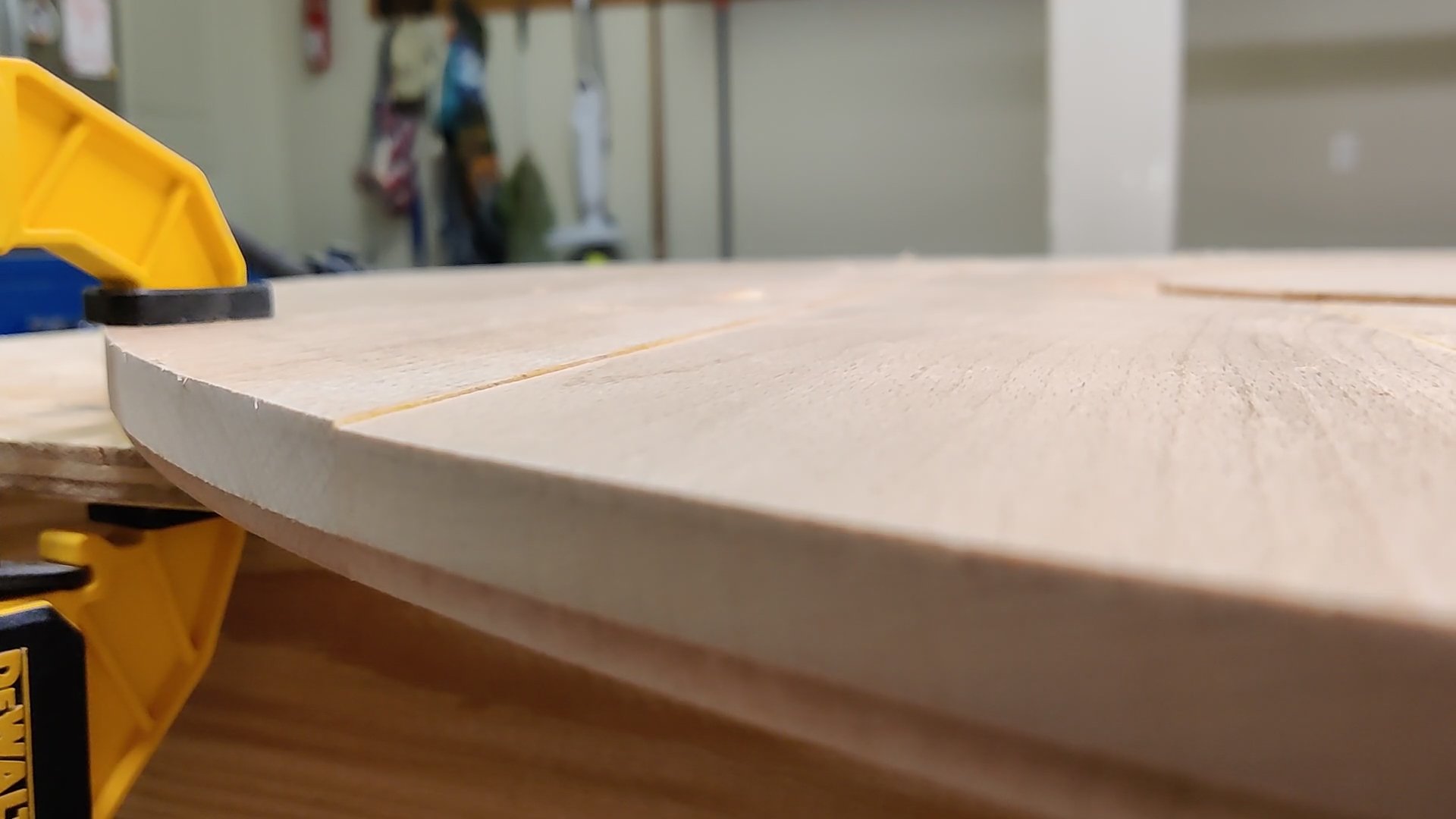Made Perfect
I am against perfectionism, I even wrote about how it is the Perfection is the Enemy. But perfection and making things perfect is different.
After all, perfection is a perception. Nothing is perfect, but when we look at an object we see its whole, recognizing the effort it took to make it and how the craftsman put the work into the details to smooth and shape until everything came together.
How does something “come together”? As simple as it sounds, it is made that way.
Projects start off as a stack of boards. From that rough state to final product there are a many small processes along the way. Here’s a good overview, Project Process, but what I gloss over is the small things. The minute details. That’s where the time is sucked and where a project can be transformed from mediocre to amazing.
There are three areas to improve the perceived perfection in your pieces.
Fix Mistakes
Mistakes happen in every single project. Some are redone, others fixed, and occasionally, they make the piece better.
I recently made a mistake on a project. It’s something you’ll never notice, but this panel is not flat. The top is close, but the bottom is far from it. There are grooves here and dips there. But the edge looks perfect, because I made it that way.
Wood is not all equal, and I had boards that I had to take down a little further than I wanted to in the thicknessing process. What that resulted in is two boards being thinner than the rest. I could have taken them all down, but that would have compromised the structure of the board.
So instead, I hand carved the mating boards to these thinner boards to taper them together so you will never notice the inconsistency.
Intention
There are times when a mistake is so glaring you cannot avoid it. There is no fix. Before you throw it out and start over, look at the mistake with a different lens.
It’s no longer a mistake, but an opportunity. How can this be a good thing? A new design element that will make the end product better than it ever would have been.
I had this panel I was going to use for a box with a bit of tear out. It was already sized to the correct thickness so I could not remove any more material to smooth the wood out.
Instead I leaned in and highlighted the problem. I textured the panel and in doing so erased the mistake. It was no longer a mistake, it was now an intentional element and a key feature.
Practice
Most beginners want to dive right into the project. Cutting, gluing, and clamping their way right into a corner only to realize they should have sanded the inside of the box prior to assembly and now they are stuck. That lesson is learned with experience and is unavoidable, live with the consequences and move on.
Recognize the macro lesson, don’t dive in until you’ve thought out the steps. Practice with a dry assembly before adding glue, that way you know all your pieces fit and don’t find that out after it’s too late.
If you plan to use a new joint type in your next project, grab some scrap and make that joint a few times before doing it with your expensive hardwood. I guarantee the most experienced dovetail cutter made countless practice joints before trying it out on a project.
This lesson doesn’t need to be held to woodworking, in fact, it is a lesson I learned in my career.
Being perfect means you have failed countless times, but others don’t need to know that. Fail in a safe space and improve. The goal isn’t to be perfect every time, just when it count.


